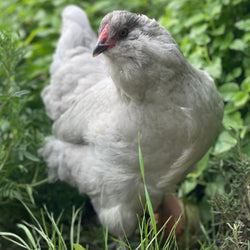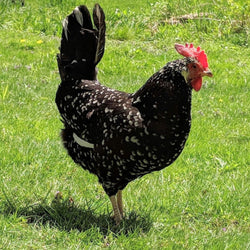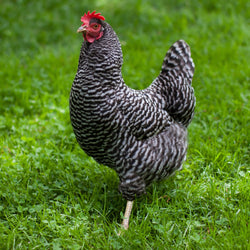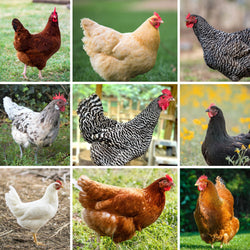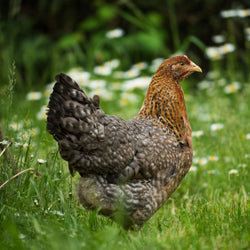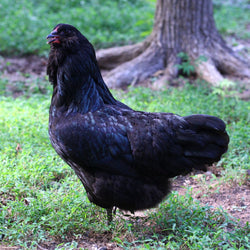page=6/--
Frequently Asked Questions
Here we answer the most commonly-asked questions about ordering, chicken care, and more.
What is wire gauge, and why should I care about it?
When you're looking at fencing or hardware cloth for your flock's enclosure, you may run into the term "wire gauge," and wonder that that is, and which is best! Wire gauge is essentially just a measurement of how thick the wire is. In terms of fencing here in the US, the LOWER the gauge, the thicker the wire. Thicker wire, of course, is sturdier and will provide more predator protection, because predators will be less likely to be able to tear through it. On the other hand, thicker wire will also be harder to manipulate, and will require a lot...
Read MoreWhat does BBS stand for with chickens?
BBS stands for "Blue-Black-Splash." But that doesn't tell you a whole lot, either, if you don't know how the genetics of blue plumage colors works! When you breed a blue bird to a blue bird, about 50% of the offspring will be blue (a grey color), 25% will be black, and 25% will be splash (a white or pale grey color with splashes of darker grey and black). So, when you order BBS Cochin chicks, for example, you'll receive a mix of blue, black, and splash colors. To get 100% blue birds, you would want to breed black to splash....
Read MoreWhat is NPIP and why should I purchase only from NPIP breeders?
NPIP stands for National Poultry Improvement Plan, and it's a voluntary certification system that poultry breeders and hatcheries can participate in. (Our hatchery and all breeders associated with My Pet Chicken are NPIP certified.) Essentially, NPIP certification means you submit the birds in your breeding flock to regularly scheduled testing to assure they are Pullorum-Typhoid-free. While NPIP participation is voluntary, typically states have certification or monitoring requirements if you want to ship birds into that state, so large hatcheries all participate. (At the time of this writing, we don't know of a major hatchery that isn't NPIP certified.) Pullorum and...
Read MoreWhat is a lash egg?
A lash egg is less of an egg than it is a roughly egg- or sausage-shaped exudate, consisting of thickened pus and other materials. It is probably the grossest egg your hen will ever lay, and will often look like cheesy, bloody strata or other matter arranged in strappy, skin-like layers. You may think she's expelled an internal organ. Ew. Seriously. If your hen lays a lash egg, it means she is sick with salpingitis, which is an infection of the oviduct. Please take her to a veterinarian immediately.
Read MoreWhat is an overhatch and why do you advertise it?
Well, let's start with the idea that we literally count our chickens before they've hatched. :) The exhortation against doing that is pretty good advice... unless you're a hatchery or breeder! Then it's your business to predict how many eggs your chickens will lay and how many of those will hatch, AND how many of each sex you'll get. So because these are all estimates, we're pretty conservative in our predictions, because we don't want to disappoint our customers if possible. It's understandably disappointing if you've ordered some Silkies, for instance, and after the long wait when hatch day comes,...
Read MoreWhat is quarantine and when should I quarantine my flock?
In your backyard flock, quarantine is the act of isolating a chicken or chickens who has been potentially or actually exposed to contagious illness from the rest of your flock. When you introduce new chickens into your established flock, for example, you must quarantine the new chickens for four weeks from the rest of your flock. You don't want them to share feeders, waterers, or even the same air. You also want to be careful not to carry anything between the flocks on your person (on your shoes, for example) during this time. Hens in the Hen Pen Chicken run...
Read MoreWhat is a chicken run?
A chicken run is the fenced or enclosed outdoor space you provide for your chickens. The coop is the indoor space---where they go to sleep on their roost and lay eggs in their nests---and the run is the outdoor space, where they may sun bathe or dust bathe, forage in garss and scratch in the dirt. In general, you want to provide your chickens a MINIMUM of about 10 square feet per bird of space overall, split between the coop and the run. The more space the better! Since chickens prefer to spend most of their time outdoors foraging in...
Read MoreWhat are "reportable diseases" when it comes to chickens?
Reportable diseases are chicken illnesses that are serious and communicable enough that in the U.S., you (and your vet) are required to report incidences to the National Animal Health Reporting System. Typically, these are illnesses that are very contagious, not only within your own flock, but may also travel from flock to flock in the air, or by wild birds and so on. They are difficult to control, often fatal, and may leave survivors as carriers. Below is an overview , a list of the reportable diseases in the US that affect chickens. You'll want a veterinarian's diagnosis to be...
Read More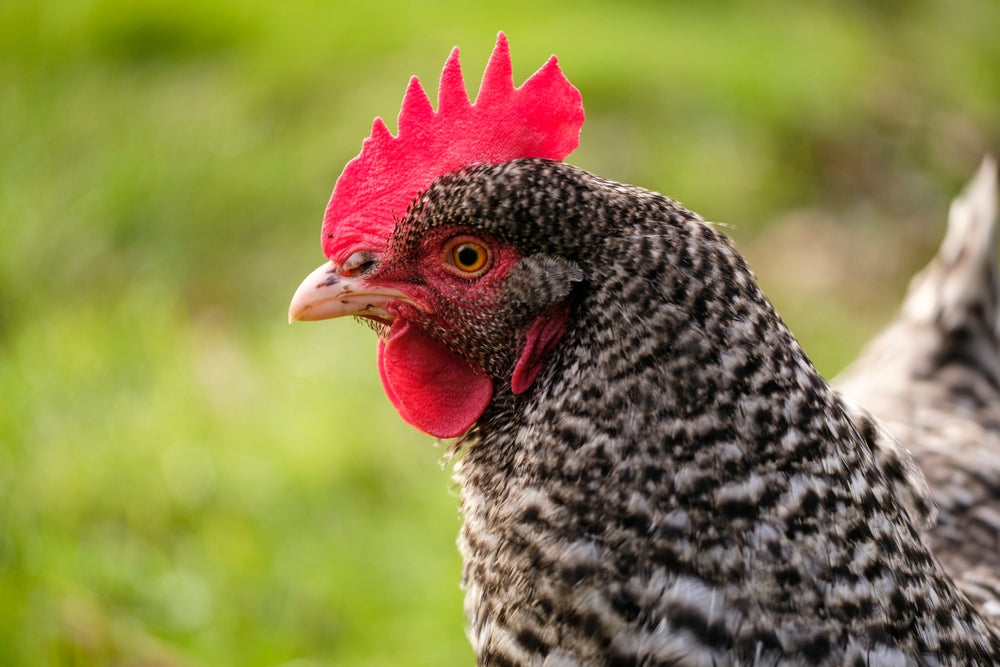
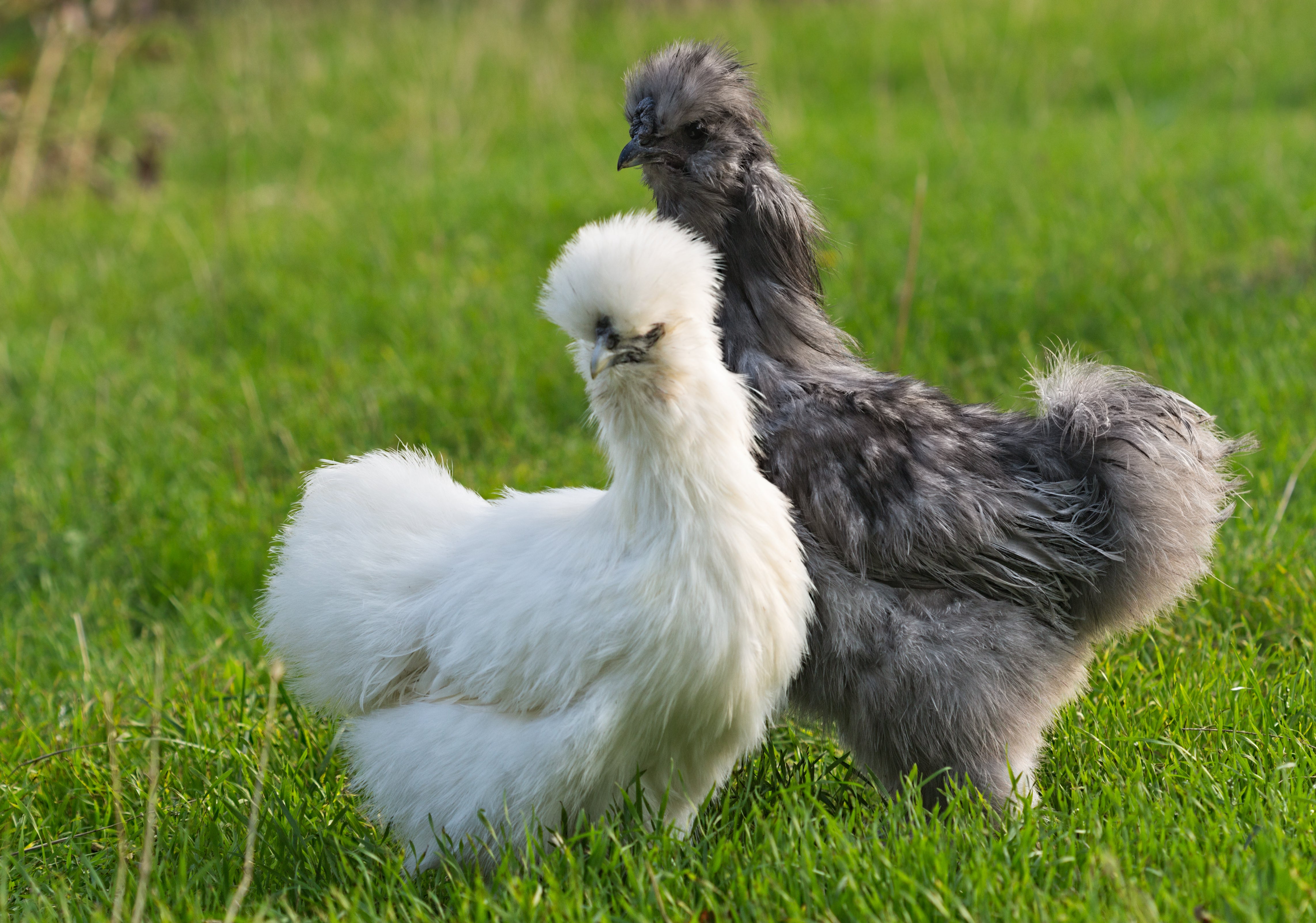
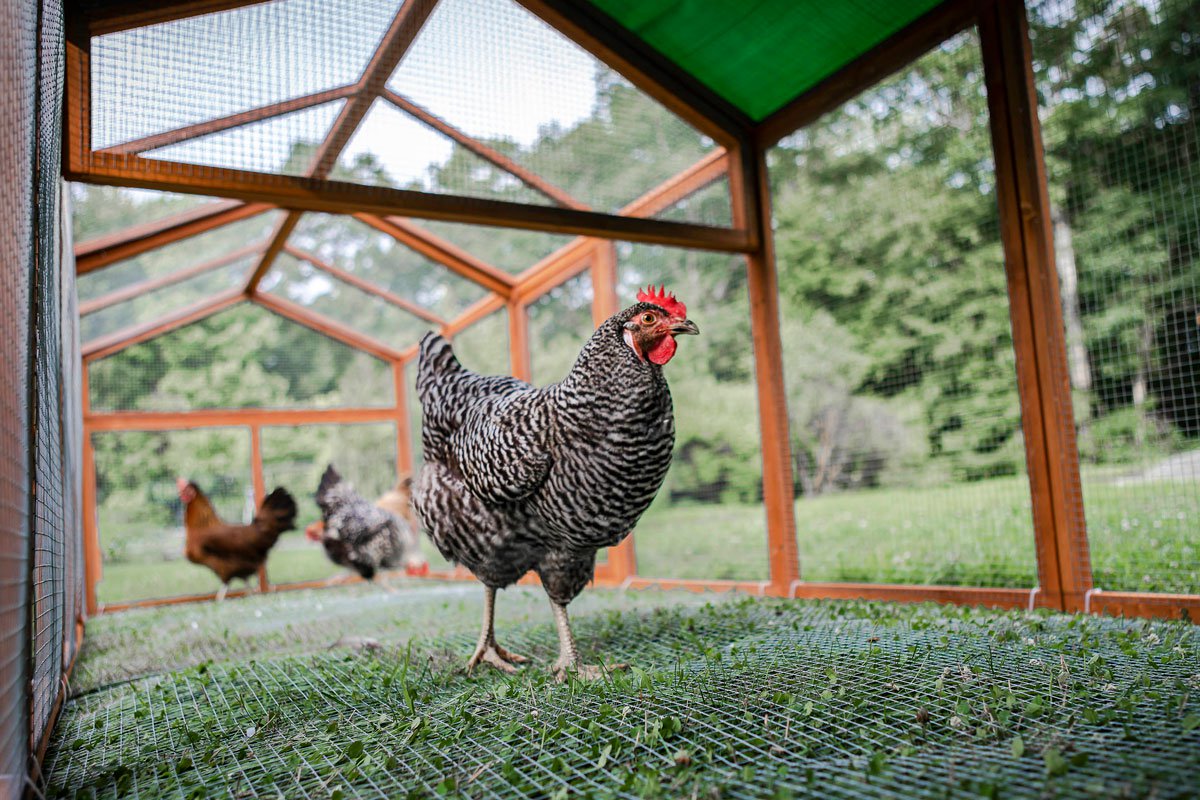
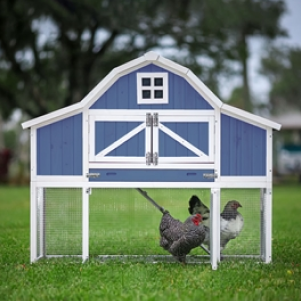
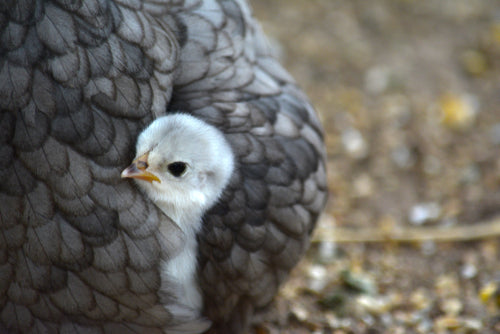
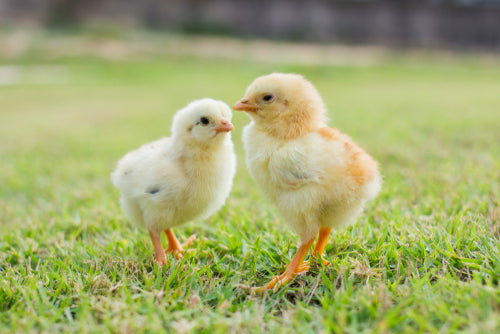
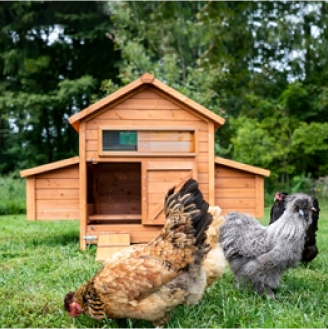

"The Clubhouse" Coop
Easy to assemble and built to last, the Clubhouse Coop is the perfect starter coop for a small flock.

